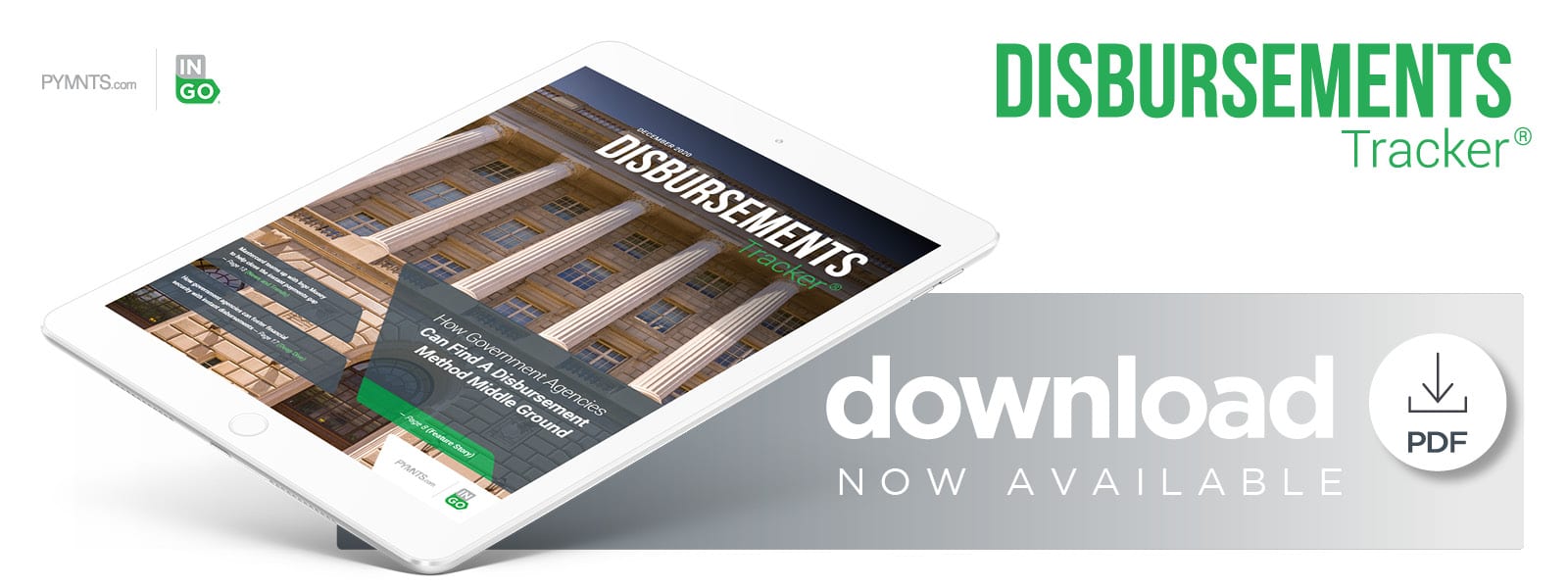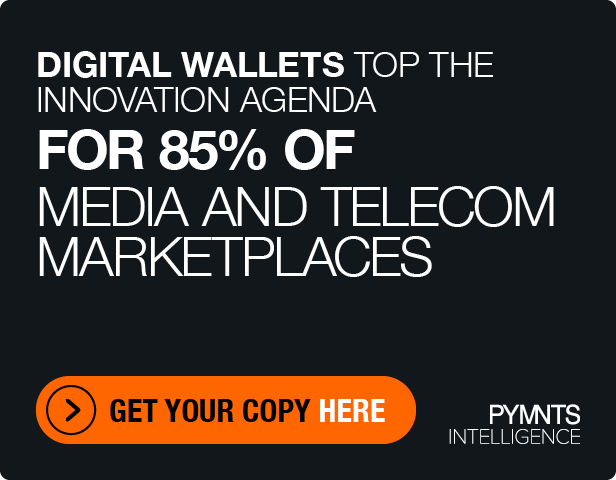Deep Dive: How Tapping Instant Payments For Disbursements Can Help State, Federal Agencies Foster Financial Security

Consumers in the U.S. are still reeling from the lasting financial impacts brought about by the first months of the pandemic. Sweeping unemployment, rising medical costs and other factors have forced many to search for other sources of income. This includes relief payments sent out by state or federal government agencies, from Social Security checks to stimulus funds still left outstanding from the CARES Act passed in late March. Approximately 12 million consumers with lower incomes or those without bank accounts are still waiting for stimulus checks to appear, and the final deadline for these individuals to register with the IRS for such payments passed on Nov. 21.
Identifying these consumers is only step one, however. Getting them the money often involves sending out paper checks, adding to delays. The stimulus check struggle appears emblematic of a larger reliance on paper disbursement processes within both federal and state government agencies for a broad spectrum of payments, despite the fact that payment recipients themselves are calling for faster disbursement methods. A January PYMNTS study found that 37.4 percent of consumers reported wanting to receive disbursements via instant payment methods, yet only 24.7 percent of government agencies reported supporting any such methods.
The gap between the number of consumers asking for money more swiftly and the number of government agencies actually able to meet that demand has only become more critical over the past few months as the pandemic has continued. The following Deep Dive examines how the pandemic has affected vulnerable consumers’ financial needs as well as their expectations for incoming disbursements. It also examines how government agencies’ continued reliance on paper checks for stimulus, Social Security or other disbursements can have lasting negative effects on their constituents’ financial health and why interest in digital or instant disbursement methods is on the rise.
Examining The Disbursements Divide
Fixing the disbursements gap may seem simple, but state and government agencies that have been moving money through manual, paper-based processes for decades need to upgrade their outdated infrastructure before they can move forward. This need is also not unique to government agencies — the treasury banks responsible for helping businesses make payments are also fighting against outdated infrastructures, as about $30 trillion annually sent out via paper checks to both businesses and consumers, for example. Government agencies must also manage several layers of inter-department communications as well as compliance checks to send out funds, adding further complexity to an overwhelmed and lagging disbursements process that was built around paper checks. Recent PYMNTS data found that 50.1 percent of consumer disbursements by U.S. companies and agencies are made via such legacy payment methods.
These established manual disbursement methods are butting heads with a consumer population that is becoming more accustomed to fast, digital access to their money. This is especially true as more Americans begin to receive instant disbursements from nongovernment entities such as insurance firms or investment companies. Those in the Generation Z and millennial demographics are spearheading this shift to digital, as they are the most likely to have received money through instant payment methods. Seventeen percent of Gen Z consumers have received a nongovernment disbursement instantly, as have 15.6 percent of millennials, according to PYMNTS research.
These digital natives have been driving support for instant disbursements since they started earning more and participating widely in the financial ecosystem. The demand for instant payments that allow consumers to easily receive and spend their money has only grown since the start of the pandemic as Americans of all age groups adjusted to navigate the negative financial effects of the health crisis. Consumers are becoming less tolerant of checks and other lagging disbursement methods as time goes on, with less than 10 percent of consumers noting they would rather receive a check than an instant payment. Government agencies are facing the same check resistance, and clinging to checks could have severe effects on the financial health of millions of consumers.
Checks And The Economic Balance
Government agencies are still supporting paper check payments because they are a way to send funds to underbanked or unbanked consumers, though state and federal agencies have been considering digital alternatives for some time. Forty-four out of 50 states were seeking ways to upgrade their digital disbursement and deposit tools as of January, for example, and many state agencies offer some digital payment capabilities for their citizens. The development and adoption of these electronic disbursements has moved cautiously, however, with agencies again trying to fold innovative payment methods into systems widely designed for paper-based, physical payments.
The pandemic has largely shattered the advantages of that measured approach as widespread financial distress continues to harm millions of U.S. consumers. Approximately 60 percent of Americans live paycheck to paycheck, and 8 million have fallen under the poverty line due to the pandemic’s effects.
This indicates that paper checks may be outgrowing their benefits — even for the unbanked — at a faster curve. Implementing some form of instant payment or considering the use cases for mobile or peer-to-peer (P2P) disbursements — especially for those that are unbanked, as these methods often do not require bank accounts — could therefore help government agencies stay on top of vulnerable consumers’ needs.

